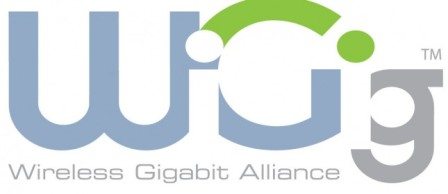The Wi-Fi Alliance and the Wireless Gigabit Alliance have been working exhaustingly on the next generation of high-speed, consumer Wi-Fi. The partnership is calling it WiGig.
WiGig, which will run on the 60 GHz spectrum, can reportedly reach speeds of up to 7 gigabits per second. In all likelihood, the 60 GHz band will be used for short-range, extremely fast transfers within a local network, while the more familiar 2.4 GHz and 5 GHz channels (802.11 g/n) will be used for backwards compatibility, improved Wi-Fi range, and connection stability.

“We have practically all of the Wi-Fi chip manufacturers on board,” boasted WiGig Alliance President and Chairman Ali Sadri. The Alliances hope to see the new hardware in routers and computers within the next one to two years.
The 60 GHz band, also known as a millimeter band for its wavelength, can allow up to 7 Gbps in short-range data transmission in the US and many other countries, with multiple channel configurations allowed to operate in the same space. The short wavelength means short propagation, mostly in room.
The IEEE has a 60 GHz task group (802.11ad) that’s paired with its sub-6 GHz 1 Gbps group (802.11ac) as part of two separate moves forward to faster WLANs. The Wi-Fi Alliance would likely certify specific characteristics of 802.11ad for 60 GHz.
Having the WiGig group’s specification now aligned with the future of 802.11 and Wi-Fi will make it easier for manufacturers, computer systems’ makers, and home and business users. Competing standards in computer hardware have been clearly shown to stall market development. Competing offerings differentiated by design, features, and integration are more profitable and improve the overall industry in advancements in technology and market availability.
Published on May 12, 2010





